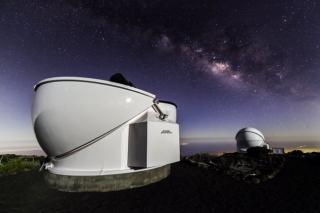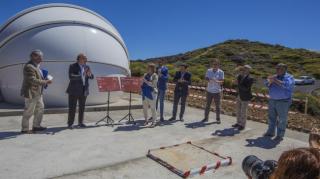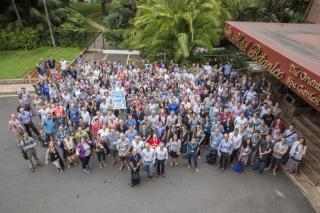
Ayer por la tarde tuvo lugar la inauguración desde la Open University, del Reino Unido, en conexión con el Observatorio del Teide (Tenerife), de los telescopios robóticos PIRATE y COAST, que forman parte de los laboratorios de enseñanza a distancia de esta universidad
Advertised on




